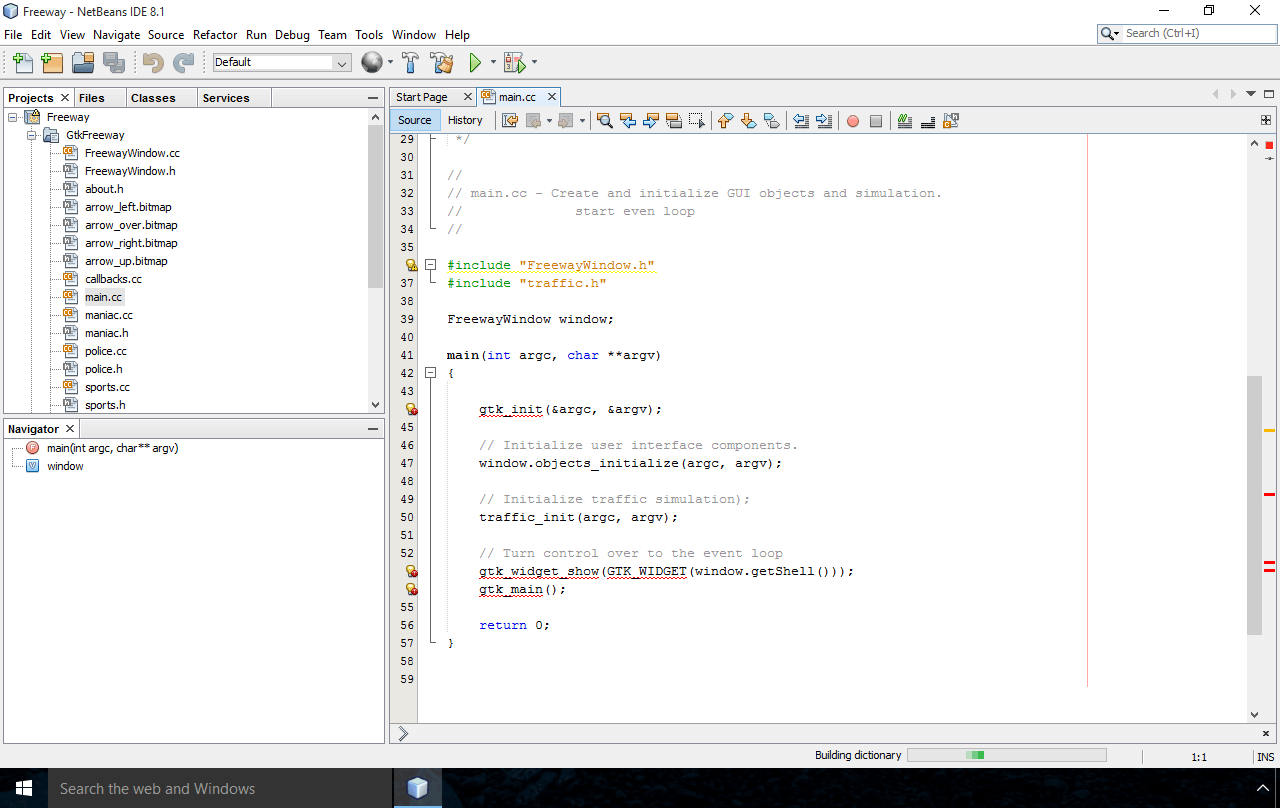TortoiseHg is a Windows shell extension and a series of applications for the Mercurial distributed revision control system. It also includes a Gnome/Nautilus extension and a CLI wrapper application so the TortoiseHg tools can be used on non-Windows platforms. Download Latest Version for Mac (77.74 MB) Advertisement. Mercurial and Git are two of the most popular revision control and code management tools solutions available. SourceTree for Mac has been designed to provide easier access to Mercurial or Git repositories via a well organized, crisp looking graphical user interface. Mercurial Tones Xfer Serum Analog Techno Presets overview. Xfer Serum Analog Techno Preset pack is a powerful new library that combines warm sound of analog classics into the modulation heaven; Xfer Serum, resulting with ultimate modern techno preset pack. Analog wavetables are sampled from Moog Sub 37, Pro 1, Arturia Brute, Roland Tb 303. Mercurial (hg) is a distributed source control tool and Mercurial Queues (mq) is a patch management tool extension to hg. Gwsmhg is a PyGTK GUI wrapper for hg and mq allowing them to be used in an integrated manner to manage a work space. Platforms: Windows, Mac, Linux. See the GitHub page, or Mercurial, if you prefer that. There is also an Appimage which is build daily and runs on many Linux systems. Mac: See the MacVim project for a GUI version and Homebrew for a terminal version.
Hey folks, we just made a major update for SourceTree for Mac available: version 2.0! The highlights of this release include a rework of the bookmarks window, and the addition of a bunch of new translations. We think you’ll really like it.
In SourceTree for Mac version 1.x, you had two separate windows for your Bookmarks (local clones) and Hosted Repositories (your remote accounts on Bitbucket, Stash and GitHub). With 2.0, those windows are combined into a single streamlined window called the Repository Browser, with a ‘Local’ and ‘Remote’ switch:
If you don’t see the repository browser on load, you can show it with Cmd-B or “Window > Show Repository Browser” from the menu.
In addition to bringing the two interfaces together, the new window has lots of advantages:
- Cleaner, less cluttered display style. Press spacebar to quickly look at more detail of the selected repository
- Repository avatars: avatars assigned on Bitbucket will appear here, or any image files in the root named logo/icon
- When scrolling, the parent group of bookmarks ‘sticks’ to the top of the view for better context
- Creating new repositories is now simpler – it’s one button
- You can now create a repository on a remote service (Bitbucket, GitHub) at the same time as creating a new local repository
- Easily publish a local repository to a remote service of your choice by right-clicking then ‘Publish to remote‘
- More optimised bookmark refreshing
You guys have responded brilliantly to our request for the community’s help translating SourceTree to more languages, and as a result SourceTree for Mac now comes in 10 languages:
- English
- Chinese (Simplified)
- Dutch
- French
- German
- Japanese
- Portuguese (BR)
- Russian
- Spanish
- Ukrainian
Not all of these translations are 100% complete, our criterion for including a new language is a 60% translation rate, on the basis that this is a good enough start and including it in SourceTree will then prompt others to help complete it. If you see gaps or inaccuracies in the translation, please help us fix it at our Transifex project, and if your language isn’t included yet, please help get it to at least that 60% mark.
SourceTree has a new, flat application icon:
This brings it in line with the style of other Atlassian tools like HipChat, and also prepares it to fit seamlessly with the style of the newest version of OS X, Yosemite. Note that because of OS X caching, you might not see the new icon straight after the auto-update, you’ll probably have to restart the app manually before it’s picked up.
The icons within the application for file status, branches, tags etc have all been updated to a ‘flatter’ style too.
We hope you like the new release!
Download Mercurial For Mac Full
This is a step by step guide on how to add support for Mercurial version control system and enable team collaboration directly in WireframeSketcher. This is done by installing the free MercurialEclipse Eclipse plug-in.
Installing
Follow these steps to install the MercurialEclipse plugin:
1. Open Help > Install New Software… wizard, and paste the following update site link into Work with field and press Enter. Wait for the software list to load and the Pending… message to disappear.
https://bitbucket.org/mercurialeclipse/update-site/raw/default/
2. Check the MercurialEclipse entry in the list
3. Uncheck the option that says Contact all update sites during install to find required software and click Next
4. Click Next again, accept the license agreement and click Finish
5. When prompted for restart choose Yes

To learn how to use the MercurialEclipse plugin follow the MercurialEclipse Wiki. MercurialEclipse requires the Mercurial client (hg) to be pre-installed on your system. Refer to Mercurial website for more details on that.
Note that to connect to a MercurialEclipse server you’ll need to switch to Mercurial perspective first using Window > Open Perspective > Other… > Mercurial Repository Exploring. To switch back to Wireframing perspective use Window > Open Perspective > Other… > Wireframing.
Mercurial Logger Download
Uninstalling
Download Mercurial For Mac Windows 10
To uninstall the MercurialEclipse plugin select Help > About WireframeSketcher > Installation Details then choose MercurialEclipse and click Uninstall… and then Finish.